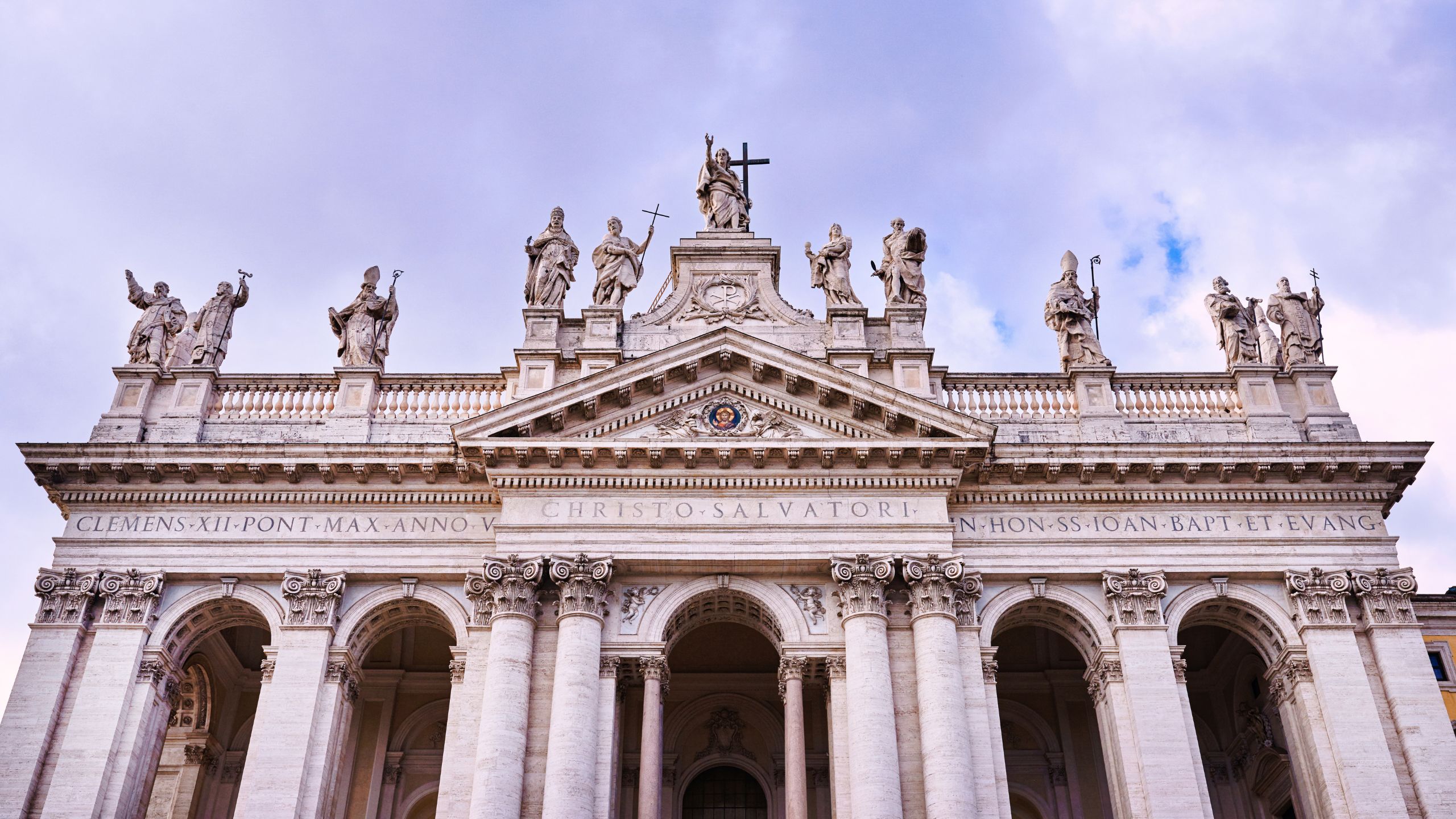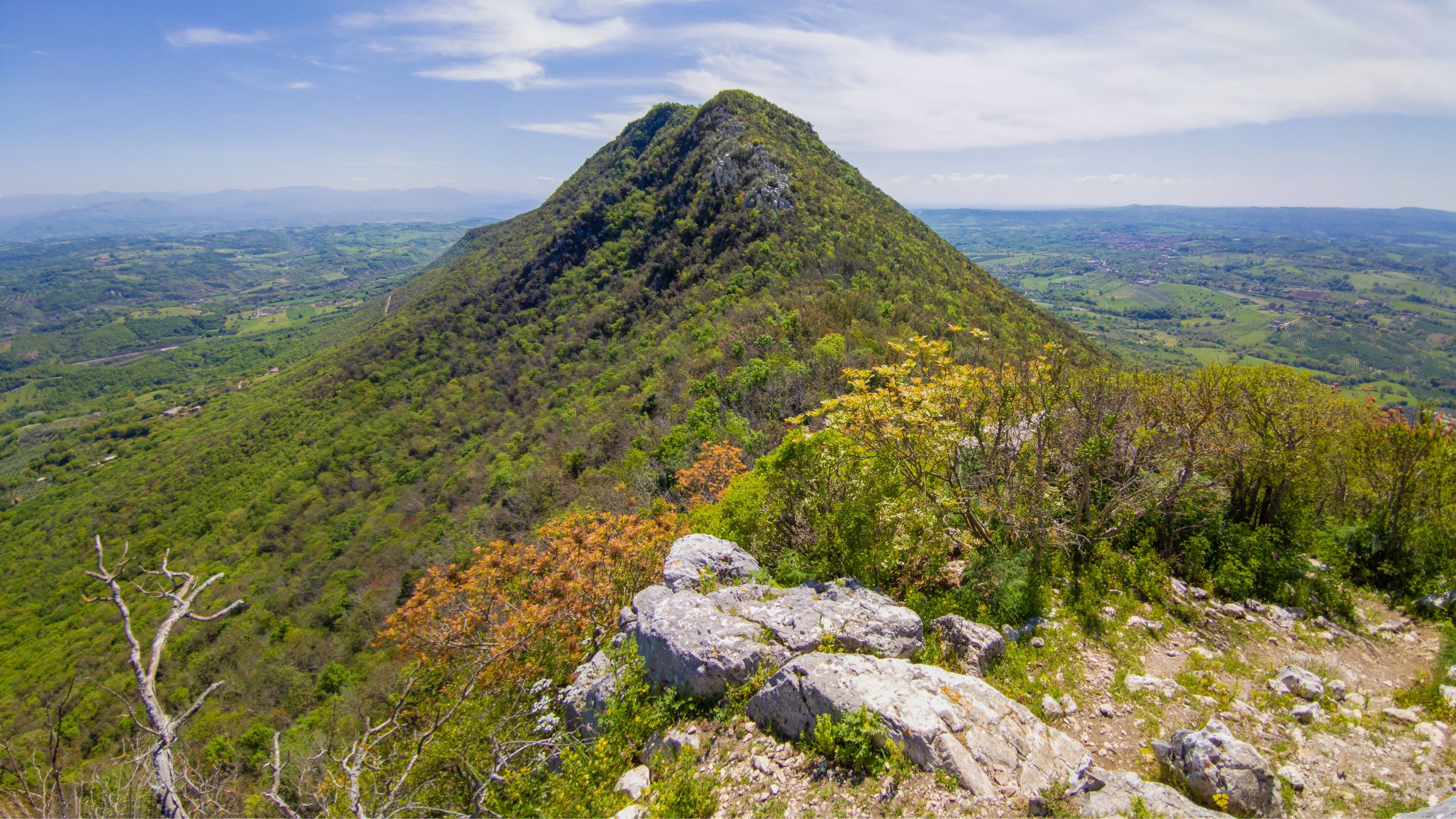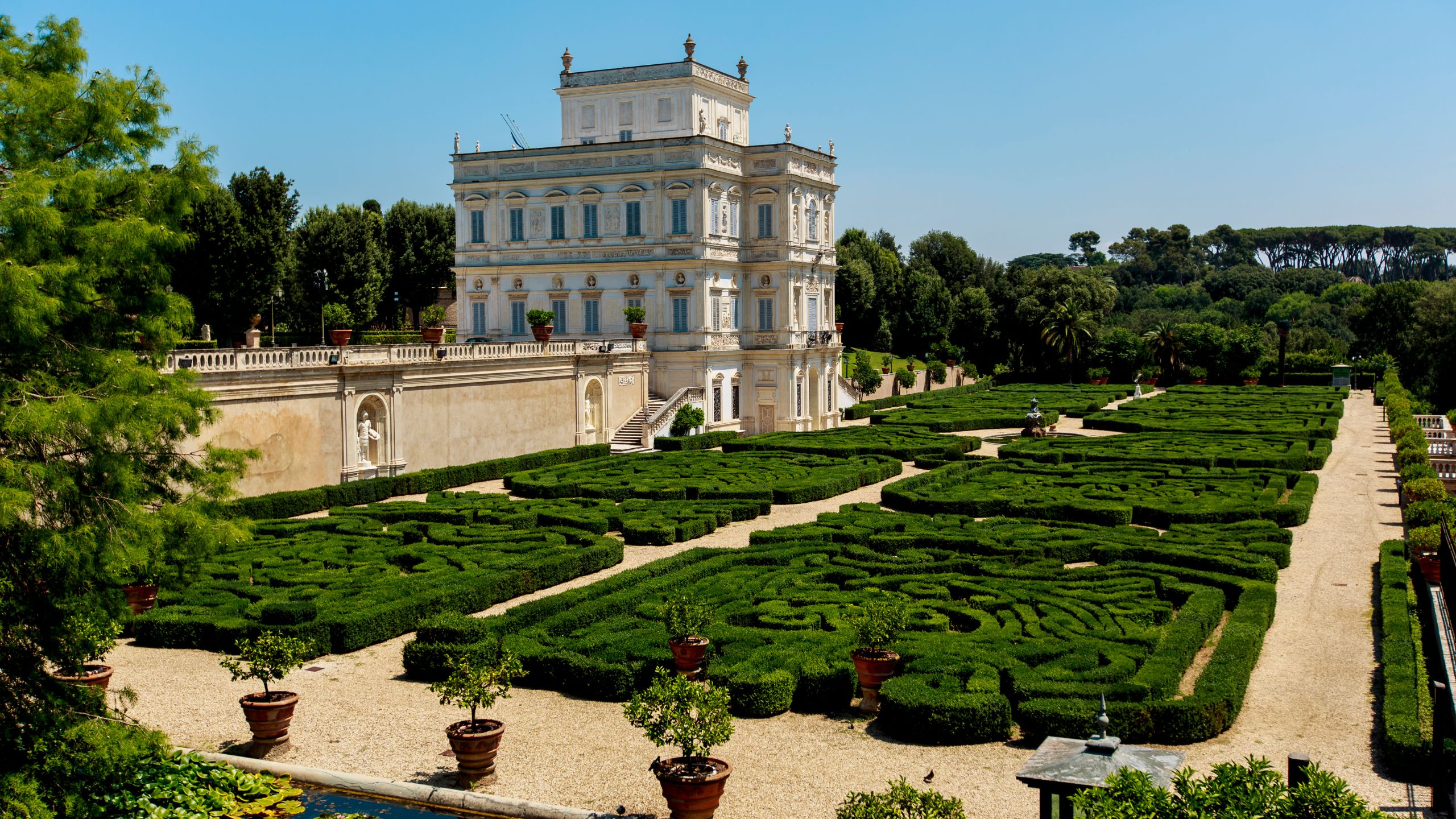Easter in Rome in the name of culture: museums, exhibitions and monuments
Easter holidays can be the right occasion to spend some days in Rome, heart of history, culture and religion. It is a city made of many faces and you will never stop discovering what it hides. The offer is very wide and you can choose among museums, exhibitions and monuments.
1. THE MAIN ROMAN MUSEUMS
Museums in Rome keep an immense treasure of archaeological, artistic and historical remains. Many of them are situated in ancient houses and buildings: Galleria Borghese, the Museo di Palazzo Venezia, the Musei Capitolini, and the Galleria Nazionale di Arte Moderna e Contemporanea. There are many of them in the churches and the most important one is Musei Vaticani.
The Galleria Borghese stands on two floors: the ground floor is made of 8 rooms, the first floor of 12 of them. You can admire famous artists’ works, such as Caravaggio, Raffaello, Rubens and Tiziano there. There are also Renaissance and Baroque works there. You can see some famous sculptures by Gian Lorenzo Bernini, such as Apollo e Dafne, Il ratto di Proserpina and the David.
In the Museo di Palazzo Venezia you can see medieval, Renaissance and contemporary works, and jewels, porcelains, pieces of furniture, clothes, fans and many other remains. The Musei Capitolini, one of the most famous all over the world, has a 13 thousand square metres surface. The first objects exhibited there were the bronze statue donated by Pope Sisto IV.
The collection got richer by some Roman and Vatican remains, together with other pieces bought for the museum itself. Benedetto XIV founded the Pinacoteca, the most ancient public painting collections. There are works by Tiziano, Caravaggio and Rubens.
The Galleria Nazionale d'Arte Moderna e Contemporanea hosts the biggest collection of contemporary art: more than 4.400 paintings and sculptures, about 13,000 prints and drawings from 1800s and 1900s. You can see Italian and foreign masterpieces, by Modigliani, Guttuso, De Chirico, Monet, Degasm Cézanne and Van Gogh.
The Musei Vaticani, founded by Pope Giulio II, was opened in 1771. The works are exposed in a 7 kilometres long course, and you can admire the Sixtine Chapel, the Pope’s apartments by Michelangelo and Raffaello and the Pinacoteca Vaticana, during the tour. There, you will see works by Giotto, Leonardo, Caravaggio and Raffaello, Chagall, Matisse, Gauguin, Dalì, De Chirico and so on.
2. ROMAN EXHIBITIONS
If you spend the Easter holidays in Rome, you can visit many exhibitions.
The Musei Capitolini, from the 7th December 2017 to the 22nd April 2018, will host an exhibition to celebrate Johann Joachim Winckelmann’s life and death, the man founded the modern archaeology.
The Museo dei Fori Imperiali Mercati di Traiano will host an exhibition about Traiano - died on the 8th August 1900 years ago - from November 2017 to September 2018.
The life of the first not Roman emperor – Hispanic – will be celebrated.
We also propose you the famous exhibition about Cesare Tacchi, in Palazzo delle Esposizioni, from February 2018 till May 2018. The city will homage the artist, dead three years ago.
3. THE MOST IMPORTANT MONUMENTS IN ROME
The monuments you will see in Rome are so many, everyone with its own story.
Castel Sant’Angelo is one of the symbols of the city, not far from Basilica di San Pietro and it is connected to the Vatican city by the famous passetto.
Started in 125, when Emperor Adrian ordered to build his own funeral monument, it got completed in 139. The top of the castle has many statues representing angels that many times got damaged.
You can visit the internal museum, too, where to see some works and remains.
The Colosseum – also known as Anfiteatro Flavio – is one of the world 7 wonders and world humanity heritage. It is the biggest amphitheatre in the world, it could host about 50.000/70.000 people. It was started in 72 AD, on Vespasiano’s request and inaugurated by Tito in 80 AD.
The Fontana di Trevi is another jewel of the city, as you could see in “La Dolce Vita”, by Federico Fellini. It was a project of M.V. Agrippa and inaugurated in 19 BC. It is an example of a Roman still working aqueduct, from Augusto’s times.
The origins of the name are uncertain: some people say it comes from the cross of three streets, others tell it connects the three merges of water.
Before going away from there, don’t forget to launch a coin in it, to be sure to get back in Rome.
The Piramide Cestia was built between 18 BC and 12 BC, and it is probably the most peculiar monument in the city.
It is situated near Porta San Paolo and it was built to host the sepulcher of Gaio Cestio Epulone, you can visit, too.
You have to collocate the built of this monument to its original era, to understand it: it comes from the Egyptian conquests period, when the Roman people got astonished by the Egyptian works.
The basis is squared, the sides are 30 metres tall and the whole height is about 36 metres, but it appears shorter, because of the elevation of the street floor. As you can understand by an inscription, on the façade, it was made of concrete, and build in 330 days.
Do you want to stay in Rome?
For this location we recommend Hotel Oxford, the ideal starting point to discover Rome!



